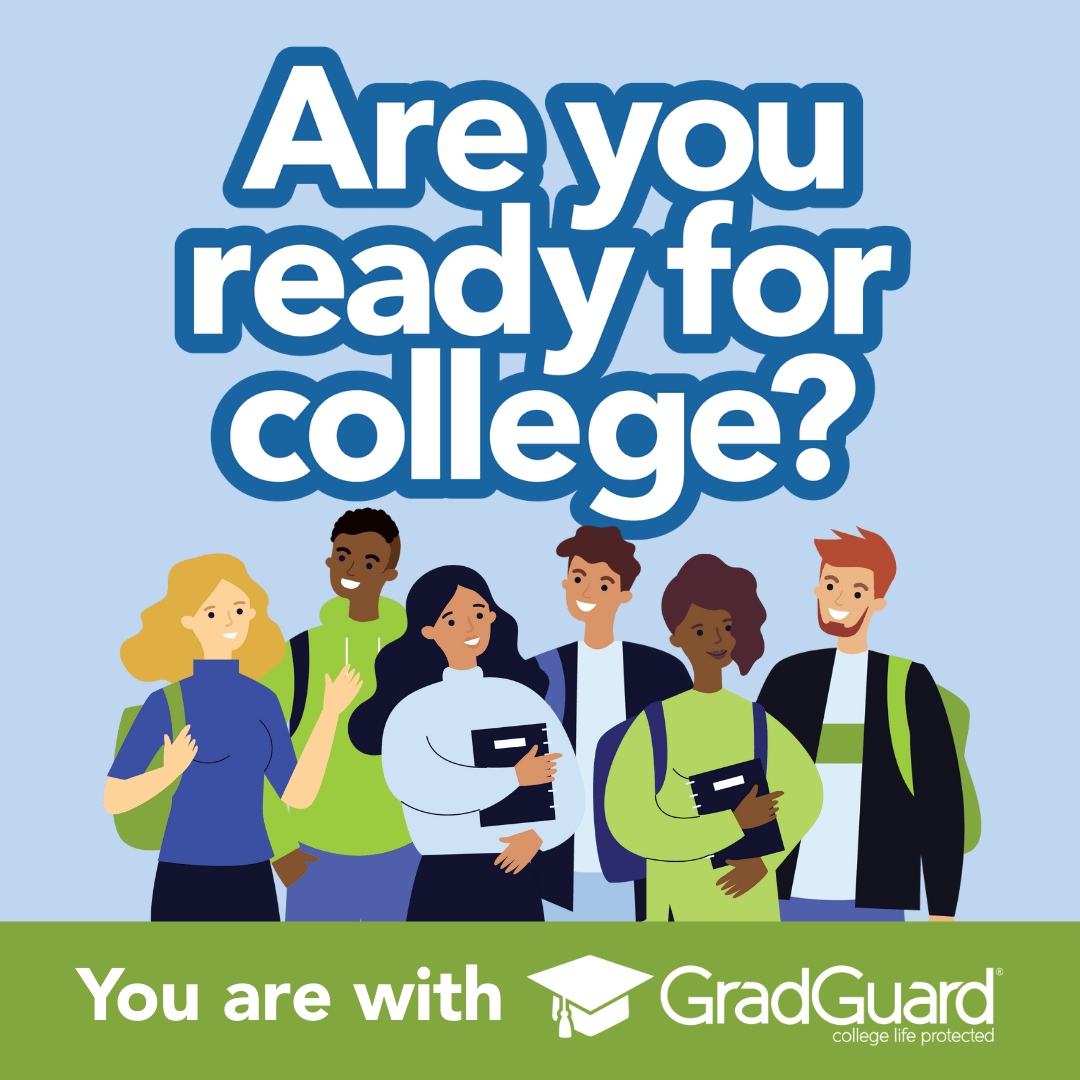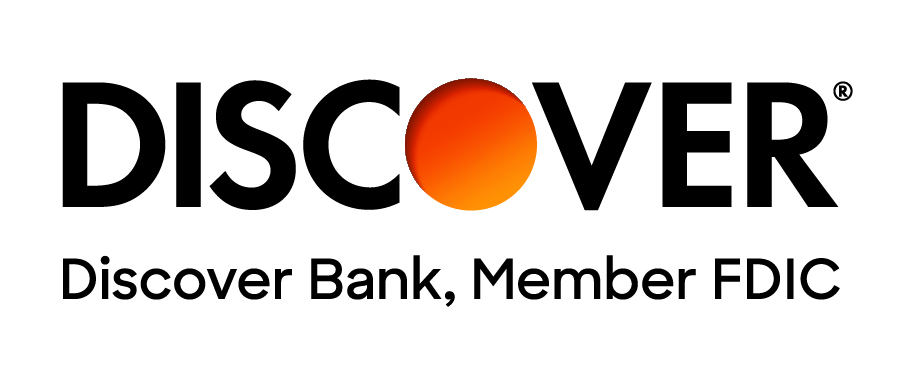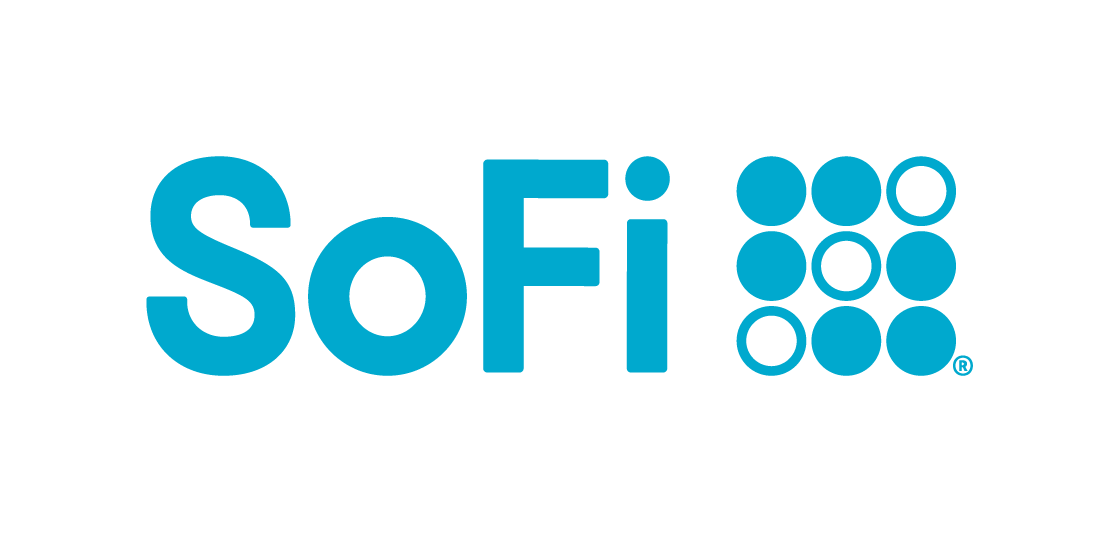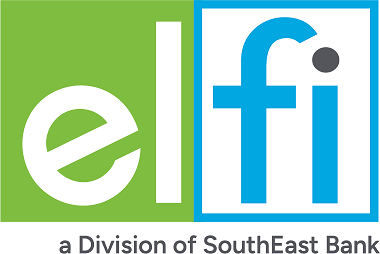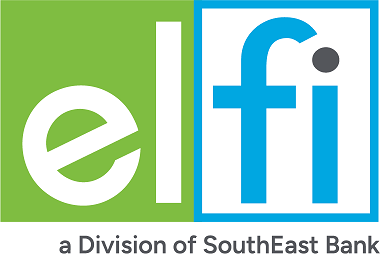Funding your college education begins with reviewing all your financial choices. Grants, scholarships, personal savings, and student loans are all important resources to explore. This article provides valuable tips to help you make informed decisions about your educational future.
How to Pay for College Without Loans
Paying for college is no easy feat. Savings, scholarships, and grants are some of the tools you can use to prevent the need for student loans. Let’s take a look at ways to pay for college that don’t include borrowing money.
Find Scholarships
Take the time to locate and apply to scholarships you qualify for. Scholarships are a form of gift aid, which means it is money that does not need to be repaid. Each year more than $7 billion dollars is awarded in scholarship funds, but you can’t get a scholarship if you don’t apply. We recommend using a scholarship search site to locate gift-aid opportunities you qualify for.
Scholarships From Our Partners
- Apply to 5 scholarships at sign up
- 100% free for students
- No essay required
- Four $1,000 winners monthly
- Open to all high school students and college students
- $2,000 awarded monthly
- No essay. No account sign up.
It’s not uncommon for scholarship applications to require an essay. Keep track of the scholarships you are applying for and their due dates to ensure you don’t miss out on your opportunity to apply. Also, keep your scholarship essays handy. You may be able to reuse some portions for other scholarship applications.
>>>More: How to Write and Proofread Scholarship Essays
While some scholarships you locate may require an essay there are also no-essay scholarships available, such as the scholarships offered on our site. We give away one $2,500 and three $1,000 scholarships every month.
Explore Grants
Grants are another form of gift-aid students may receive to help pay for college. The most common grant is the Pell grant, awarded by the U.S. Government. You must file the FAFSA® to be considered for a Pell grant. Many grants are need-based awards, and the Pell grant is no exception. The amount of Pell grant you qualify for will be determined by factors such as your family’s income. The current maximum for a Pell grant is $7,395 .
Pell grants aren’t the only type of grants available to students. Ask your financial aid office about institutional grants or other grants you may qualify for. And don’t forget to check out your state grant options! While many state grants only require the FAFSA, some grants may require an additional application.
Tuition Payment Plans
Tuition payment plans are a great way to avoid taking out student loans. With a tuition payment plan you make a number of payments at different intervals as set by the college. This allows you to save and pay as you go. Talk to your financial aid office to see if a tuition payment plan is an option for you.
Work-Study
A federal work-study job provides part-time jobs to undergraduate and graduate students with demonstrated financial need. To qualify for a work-study position, you must first file the FAFSA.
Federal Work-Study positions provide students in need with the opportunity to earn money for educational expenses. These jobs can be on or off campus. On-campus positions typically involve working for the school, while off-campus positions are usually with non-profit or public agencies, focusing on work performed in the public interest. One significant benefit of Federal Work-Study is that the money earned is excluded on the FAFSA. In contrast, other types of employment may be counted as earned income on the FAFSA, potentially affecting the expected family contribution. For more information on whether your school participates in the Federal Work-Study program, reach out to your financial aid office.
>>>More: About Federal Work Study
Tap Into Savings
Now is the time to assess your savings account to find out what you can afford to spend on your education. We recommend using savings before borrowing federal or private student loans. This is because student loans require you to pay interest, costing you more in the long run than paying for your school up front.
Taking savings to the next level, you may want to go beyond evaluating your current savings account balance. It’s recommended that you continue to save! If you are still working before your classes start or plan to work while you’re in college, set some savings goals. If your employer gives you an option to direct deposit your paycheck to more than one account, have a certain amount placed in your savings account—making this automatic makes it easier! If that’s not an option, it may be best to have your paycheck deposited to your savings account first and then transfer* your spending money to your checking account.
*Remember to read the terms and conditions of your bank account, you may be limited on the amount of time you can transfer money each month.
Attend an Affordable College
This is one option that some students don’t like to hear, but it’s important to assess whether or not you are planning to attend a school that is beyond your means. If you find yourself in a position where you will need to borrow tens of thousands of dollars per year, this college is likely beyond your means. Look to community colleges and state run schools in your home state for more affordable options.
>>>More: How to Choose a College: Making a College List and Comparing Schools
Attend College Part Time
Attending college part-time increases the amount of time it takes you to earn your degree, but is also easier to cash-flow, meaning pay as you go. Not only does attending college part-time make college more affordable, but it will also free up your calendar to work and save more for your education, helping to prevent graduating college with debt.
Seek Tuition Reimbursement
If you are working while attending school, find out if your employer offers tuition reimbursement. Tuition reimbursement plans vary by employer but typically will cover up to a set dollar amount per year and may have requirements such as one year of employment, or receiving a certain minimum grade in order to qualify.
Not only can you earn money toward paying for your education, but you may be able to get some or all of your investment back in the form of tuition reimbursement if you qualify.
>>>More: Some Employer Benefits Help You Pay for College
How to Pay for College with Loans
Many students require loans in order to pay for school. In fact, according to Investopedia, 54% of college students take on debt. When paying for college with loans it’s important to remember to borrow only what you need. This will help to prevent excessive student loan debt.
There are two types of student loans available to students. Federal student loans and private student loans. We recommend always exhausting federal student loan options before taking out private student loans.
In order to apply for federal student loans, you must first file the FAFSA.
File the FAFSA
The first step in paying for college with loans is to file the FAFSA. Filing the FAFSA is the only way to receive federal student loans (and grants). You may file the FAFSA each year on or after Oct 1 for the upcoming academic year. We recommend filing the FAFSA as early as possible to qualify for the maximum amount of aid.
To learn more about the FAFSA, we have a FAFSA Guide to help you through the most important financial aid application.
>>>More: What is Financial Aid?
Paying for College with Federal Student Loans
There are three types of federal student loans you are likely to encounter: Direct Stafford Subsidized, Direct Stafford Unsubsidized, and Direct PLUS Loans. Federal student loans come with generous periods of deferment and forbearance, as well as potential eligibility for income-driven repayment plans and Public Service Loan Forgiveness. Private student loans do not offer the same benefits. That is why we recommend at least reviewing your federal student loan options before considering private student loans.
>>>More: Student Loans for College
Paying for College with Private Student Loans
Private student loans exist to fill in the gap when other financial aid comes up short. They may also be a good alternative to PLUS Loans for borrowers with excellent credit. That is because the lowest available rates on private student loans, are lower than the fixed rate on PLUS Loans, and most private student loans do not charge an origination fee.
Private student loans come with competitive interest rates based on market trends. The interest rate you qualify for will depend on the creditworthiness of the borrower and their cosigner if applicable. Students applying for a private student loan will likely need a creditworthy cosigner to qualify. Those applying (and their cosigner, if applicable) will need a FICO® score of at least 680 in most instances, and at least two years of stable employment in order to qualify without a cosigner.
A private student loan may come with a fixed or variable rate. A fixed rate will remain unchanged over the life of the loan. A variable rate may change over the life of the loan, meaning your payments may go up or down as interest rates fluctuate.
>>>More: Best Private Student Loans for College
Private Student Loan vs PLUS Loan
Private student loans may be a good alternative to PLUS Loans for borrowers with excellent credit history and stable employment. This is because private student loans offer competitive interest rates based on market trends and the creditworthiness of the borrower. That means you may qualify for a lower interest rate on a private student loan than a PLUS loan. Most private student loans also come with no origination fees, and no prepayment penalties for paying the loan back early.
PLUS loans have a fixed interest rate for all qualified borrowers regardless of credit. There is a credit check required to borrow PLUS loans, but this credit check is not as stringent as that of a private lender. If you do not qualify on your own for a PLUS loan, you can apply with an endorser. PLUS Loan have no prepayment penalty, and come with an origination fee of 4.228 (for loans first disbursed on Oct. 1, 2024 through Sept. 30, 2025).
>>>More: Compare Private vs PLUS Loans
Student Loan Cosigners
A student loan cosigner is a co-borrower who agrees to be equally responsible for your student loan should you fail to pay. A good cosigner will have excellent credit, stable employment, and no recent bankruptcies. It’s not uncommon for student borrowers to need a cosigner on a private student loan. Cosigners are often a parent, spouse, other family member, or trusted friend.
When comparing private student loan lenders , you may want to look for a lender that offers cosigner release. This allows you to release the cosigner from responsibility for the loan after a series of on-time, consecutive payments, typically 12 to 48 months.
How to Pay for College Without Parents
Not all students have parents who are willing to help pay for college. This may make getting a private student loan difficult, but federal student loans may still be an option.
Federal Student Loans
Unlike private student loans, federal student loans do not require a cosigner. This means, students can get federal student loans without the assistance of their parents. In order to receive federal student loans, you must first file the FAFSA. If you are considered a dependent student, your parent’s information will be required to complete the FAFSA.
If your parent refuse to assist you with completing the FAFSA, you may request a dependency override or a professional judgement from your school’s financial aid office. The decision to grant a dependency override or a professional judgement is up to the discretion of your school.
Income Share Agreements
An income share agreement is an alternative to a student loan that does not require a cosigner. This is basically a contract you sign to receive the money you need to pay for school in exchange for a percentage of your future salary for a set period of time. You will not be charged interest, however your payments will be a fixed percentage of your income. That means as you income increases, your payments will increase regardless of how much you originally borrowed until your repayment term is over.
How to Pay for College with Financial Aid
To pay for college with financial aid you will first need to file the FAFSA. Filing the FAFSA is necessary in order to receive federal student aid such as subsidized and unsubsidized loans, PLUS loans, and work-study.
Depending on your college you may also need to file the CSS Profile to determine aid eligibility.
Once your college has determined your financial aid eligibility you will receive an award letter with the types of loans and grants you qualify for. Here are the most common loans and grant you’ll encounter from the federal student aid program.
Direct Subsidized Student Loan
Direct Subsidized Loans are need-based loans from the federal government. With a subsidized loan, the government pays the interest on your loan while in school, during your grace period, and during periods of authorized deferment.
Direct Unsubsidized Student Loan
Direct Unsubsidized Loans are non-need-based loans from the federal government. With an unsubsidized loan, you are responsible for the interest that accrues while in school, during your grace period, and during authorized periods of deferment.
Federal Pell Grant
The Pell Grant is a federal grant awarded to students with financial need. If you qualify for a Pell Grant, the amount you receive will be determined based on need. The current yearly maximum for a federal Pell Grant is $7,395
Non-Federal Financial Aid
While federal student aid offers some of the more common types of aid, you may be eligible for financial aid that is considered nonfederal aid. When you complete the FAFSA, the information you provide on that application can also be used to help qualify you for state and institutional aid.
We recommend that you take the time to review your state and institutional aid options to make sure you don’t miss out. Like we said before, some state and institutional aid may only require you to complete the FAFSA, however, some states and schools may ask for additional financial aid applications. By not taking this extra step, you could miss out on valuable financial aid.
A common application asked for by some schools is the CSS Profile™. This application is offered by the College Board, and there could be fees to complete (there could be a waiver option for those with financial need). If your school requires you to submit a CSS Profile, make sure to submit that application by your school’s deadline.
How to Pay for College Without Financial Aid
Savings
Tapping into savings to pay for college is an investment in your future. While it may or may not be enough to cover your entire tuition, if you are able to contribute some of your savings to help you pay for college you may reduce the amount you need to borrow.
Tuition Payment Plans
Many colleges offer tuition payment plans, allowing students to make a set series of payments on a predetermined schedule. With a tuition payment plan, your entire tuition isn’t due at once, allowing you time to save up for each installment.
Attend Part-Time
One way to pay for college without financial aid, is to pay as you go. It may tack a little time on to obtaining your degree, but you will graduate debt free. If you’re working while in school, don’t forget to ask your employer if they offer tuition assistance or reimbursement (or seek out an employer that offers this benefit).
>>>More: How to Pay for College Without Financial Aid
Learn More About Student Loans for College
Best Private Student Loans for July 2025
Introduction to Parent PLUS Loans



